#yoshio yoshida
Explore tagged Tumblr posts
Photo



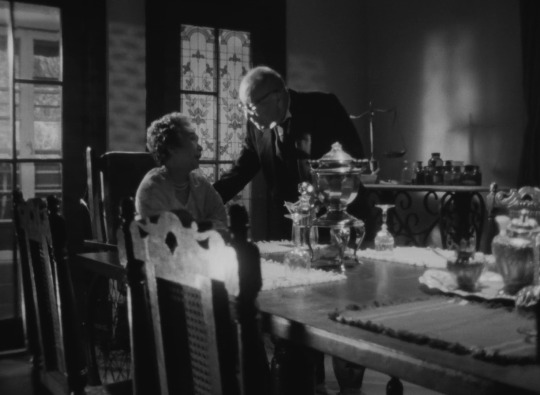
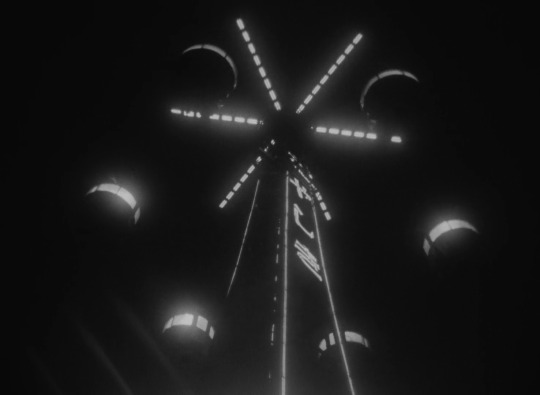


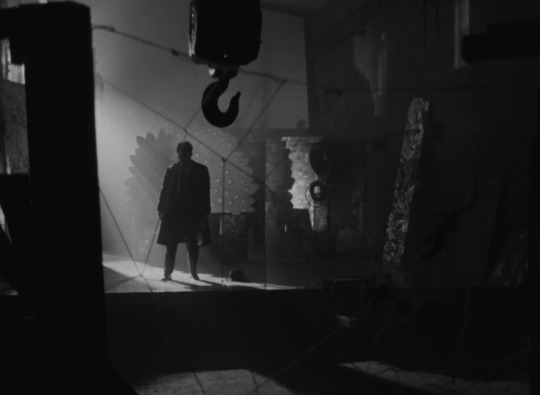


To Sleep So as to Dream (1986, Kaizō Hayashi)
夢みるように眠りたい (林海象)
5/19/23
#To Sleep So as to Dream#Kaizo Hayashi#Japanese#Shiro Sano#Koji Otake#Moe Kamura#Yoshio Yoshida#Fujiko Fukamizu#80s#neo-noir#postmodern#Japan#Tokyo#black and white#silent#art film#experimental#private investigators#detective#missing person#film production#kidnapping#ransom#dreams#surreal#riddles#eggs#meta
8 notes
·
View notes
Text
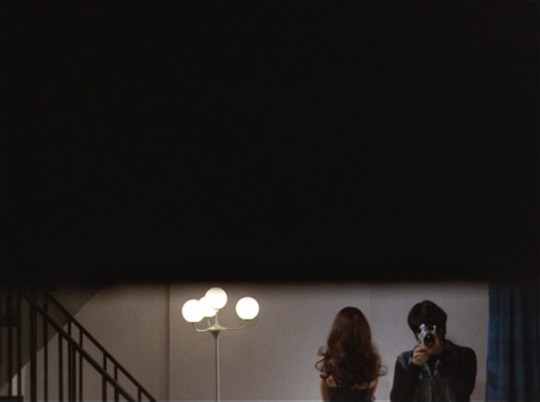

Yoshishige Yoshida
- Confessions Among Actresses
1971
#吉田喜重#告白的女優論#Yoshishige Yoshida#Kijū Yoshida#Kiju Yoshida#Confessions Among Actresses#yoshio harada#原田芳雄#camera
85 notes
·
View notes
Text
I haven’t posted in years but I do want to say I still like aitsu and I will post a spoiler for volume 14 this volume is gonna be a sad one 😢 sorry for the inactivity I got a job 💀








15 notes
·
View notes
Text
This is a major shot in the dark, but does anyone happen to have video files of those live action His Favorite commercials that aired in Japan in 2015? They aren’t on YouTube anymore and the only one I can find on Dailymotion has a watermark and some edition on it.
I need them for a thing I want to do about the series and how it’s such a long runner, but there’s so little easily available outside information about it.
Update to this: I found one of them on YouTube with Chinese subtitles, but I know there’s three others.
17 notes
·
View notes
Text

Look at this adorable boy! He’s from a manga called Aitsu No Daihonmei. I read all 10 volumes in 2 days. It’s super adorable but unsettling sometimes. I love this guy. He’s short (like me) and bullied a lot by girls and others. He’s considered ugly. But I think he’s the complete opposite. He can never catch a break. But I love him. I got really into it and still love it. Plus...

This face of his reminds me of Luffy from One Piece. I mean... they aren’t identical but very close. Anyway, thought I’d share what I’ve been up to. Btw, it’s a yaoi manga. So, if you aren’t into that... then oh well.
17 notes
·
View notes
Text
This addition is so good to not reblog ❤️
When I said I love character development is in the Tanaka Suzuki type, where a character that is mean to be an almost unidimensional parody of a pretty boy with a sadistic side trope…





becomes one of the most expressive and human characters in the story.





#aitsu no daihonmei#satou takahiko#yoshida yoshio#his favorite#Great point I didn't think about#GOD HOW MUCH I LOVE THIS MANGA#Suzuki Tanaka
155 notes
·
View notes
Text
youtube
Look Back - PV
The anime film adaptation of Chainsaw Man creator Tatsuki Fujimoto’s Look Back one-shot manga will hit theaters in Japan on June 28, 2024.
Singer urara will perform "Light song" composed by haruka nakamura.

Poster
Cast

Mizuki Yoshida as Kyōmoto
Yūmi Kawai as Fujino
Staff
Original Creator: Tatsuki Fujimoto
Director: Kiyotaka Oshiyama
Screenplay: Kiyotaka Oshiyama
Character Design: Kiyotaka Oshiyama
Art Director: Kiyoshi Sameshima
Art Director Assistants: Yoshio Harisaki, Takashi Omori
Color Key Artist: Maya Kusumoto
Compositing Director of Photography: Kazuto Izumita
Editing: Kiyoshi Hirose
Sound Director: Eriko Kimura
Music: Haruka Nakamura
Animation Production: Studio Durian
218 notes
·
View notes
Text

“To sit alone in the lamplight, with a book spread out before you, and hold intimate converse with men of unseen sensations— such is a pleasure beyond compare.”
Yoshida Kenko, Essays in Idleness 1340
Art: The Tale of Genji - Wakana by Yoshio Okada (1939-2021)
233 notes
·
View notes
Text














Akatsuki no Yona: Houka no Inori-hen (2019)
Yona of the Dawn: Prayer of the Signal Fire Arc Stage Play
Main cast character portraits:
Rina Ikoma as Yona (returning) Masaki Yabe as Son Hak (returning)
Kaito Kumagai as Yun Taichi Shiozaki as Kija Shunta Sono as Shin-Ah Jyutaro Yamanaka as Jae-Ha Kaito Hori as Zeno
Kenji Takechi as Kan Sujin Takeshi James Yamada as Kan Kyo-Ga Minami Tsurimoto as Kan Tae-Jun (returning)
Yusuke Seto as Lee Geun-Tae Sakiho Motonishi as Yun-Ho
Juri as Li Hazara
Shou Jinnai as Suwon (returning)
Ensemble: Kotaro Yoshida, Kenichi Sato, Yoshio Sato, Mikami Shinji, Jotaro Matsumoto, Yuhei Hayakawa, Hisato Kojima, Shunki Shimoda, Kazuki Igidani, Mana Minamihisamatsu, Rei Ando, Kaede Kato
#yona of the dawn#akatsuki no yona#yona stage play#yona#son hak#suwon#prayer of the signal fire#kan tae jun#kan sujin#lee geun tae#kija#shin ah#jae ha#zeno#yun#kan kyo ga#li hazara#yuno#I could easily find the ensemble list in this one because it's the latest play
13 notes
·
View notes
Text
Monkey Typhoon (2001) アソボット戦記五九


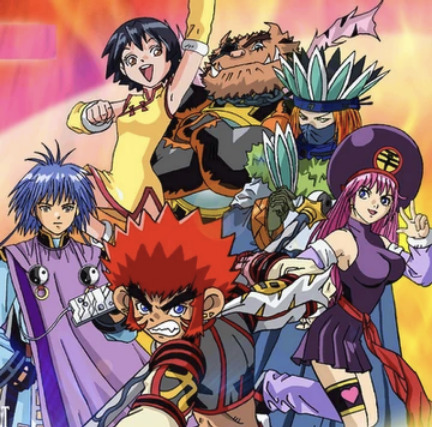
Director: Mamoru Hamazu / Osamu Sekida / Ittoku Tanahashi / Kyousuke Mihara / Takenori Mihara / Yoshiaki Okumura / Shunji Yoshida / Kazuo Nogami / Yoshito Qin / Hiroshi Haraguchi / Akihiko Nishiyama / Yuki Kinoshita Screenwriter: Shinobu Shinobu / Hashimoto Yushi / Nakaze Rika / Urasawa Yoshio / Kobe Kazuhiko / Shizuya Isao Starring: Kappei Yamaguchi / Tomoichi Seki / Masaki Iizuka / Takeharu Kunimoto / Nozomi Sasaki / Minami Takayama / Atsuko Enomoto / Shinichiro Miki Genre: Comedy / Science Fiction / Animation / Adventure Official website: http://mv.avex.jp/asobot/asobot.html Country/Region of Production: Japan Language: Japanese Date: 2002-10-01 Number of seasons: 1 Number of episodes: 52 Single episode length: 23 minutes Also known as: Association Robot Goku / Asobotto Senki Goku / Five-Nine Wars / Aboto Senki Five-Nine / Monkey King Five-Nine / Journey to the West / Assobot战记五九 / 五九战记 / 阿波特战记五九 / 猴王五九 / 西游战记 IMDb: tt5916944 Type: Reimanging
Summary:
On December 31, 2052, in order to prevent the scientist Ryutaro from destroying the world, Xuanzang Jiuzou asked his son Xuanzang Sanzang to select some robots from 99 robots numbered 1-99. Sanzang finally selected five robots: Gokyuu, Tongoh, Jou, Suuji, and Mioto. On January 1, 2053, Ryutaro modified the program of supercomputer Eve and began to destroy the world. In order to protect Sanzang, Zero, the first generation robot manufactured by Jiuzao, was destroyed along with the robots Soichi Fujimura and Souka Fujimura created by Ryutaro. Robot Tai is Wujiu's opponent on the surface, but in fact he is protecting Wujiu and his group. In order to restore the supercomputer Eve's program to its original appearance and return to December 31, 2052 to stop Ryutaro, they must find 49 parts to save the world. Head east! For Abbot (a life form of opportunity) to coexist with humans...
One thousand years in the future, the world has lost its balance. All the giant trees up to 10,000 meters high have been cut down by humans as obstacles. The entire world has turned into a desert. Only humans and Abbot are left in this world that is heading for destruction. As if guided by fate, Sanzang and Gokyuu meet. Traveling together, Sanzou - a young man shrouded in mystery, Gokyuu - the strongest and worst Anbot around, Tongoh - an Anbot fond of drinking, Jou - someone who is great with machines, Suuji - a female Anbot thief, and last but not least, Mioto. And so, their journey begins to the boundless East, to the land where the sun was born!
Source: https://myanimelist.net/anime/3193/Asobot_Senki_Gokuu
Link: https://gogoanime.be/anime/monkey-typhoon-xDRN/
#Monkey Typhoon#アソボット戦記五九#Association Robot Goku#Asobotto Senki Goku#Wujiu Wars#Aboto Senki Wujiu#Monkey King Wujiu#Journey to the West#Assobot战记五九#五九战记#阿波特战记五九#猴王五九#西游战记#jttw media#jttw television#television#animation#reimagining#alternative universe#sun wukong#monk tripitaka#tang sanzang#zhu bajie#sha wujing#bailong ma#bai long ma
20 notes
·
View notes
Text








Yoshio Harada/原田芳雄 played Shōin Yoshida 吉田松陰 he was 31 years old. "Tennō no seiki /天皇の世紀 "1971 year 2end series "wildfire /野火".
6 notes
·
View notes
Photo
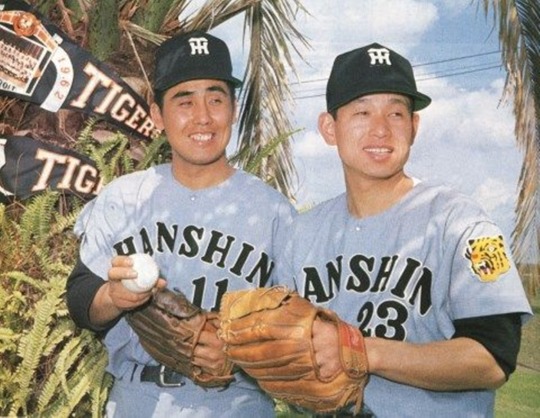
Minoru Murayama and Yoshio Yoshida
15 notes
·
View notes
Text
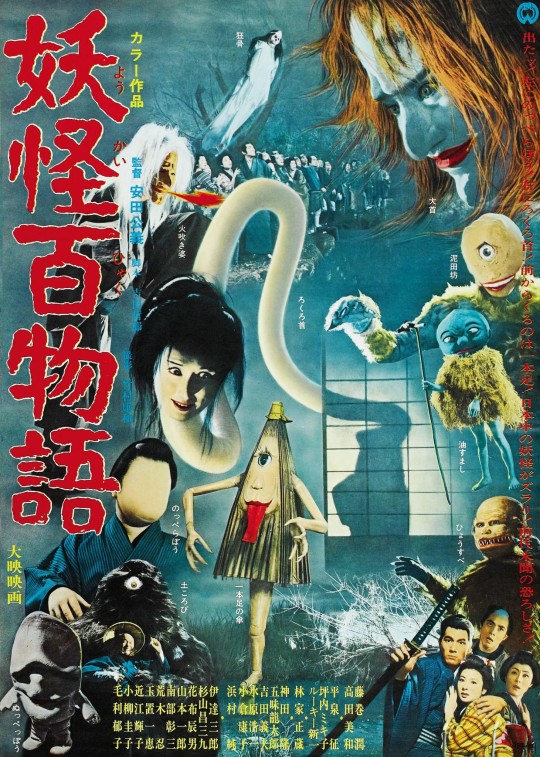





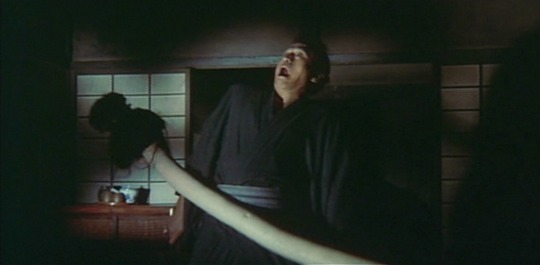


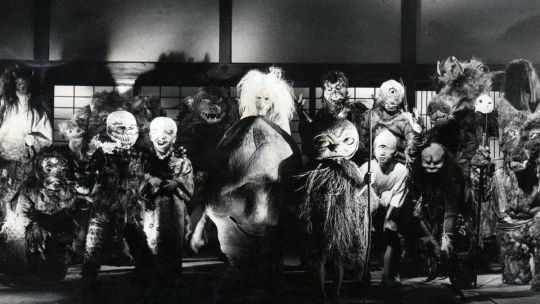
Yôkai hyaku monogatari (Yokai Monsters: 100 Monsters, 1968)
"There's no need for the ritual!"
"That's not good. These legends have been passed down since the old days for a reason - it's not prudent to neglect them. Please, you must go through with the ritual."
"I said there's no need for it."
#Yôkai hyaku monogatari#Yokai Monsters: 100 Monsters#yokai monsters#japanese cinema#Kimiyoshi Yasuda#Yoshiyuki Kuroda#Tetsurō Yoshida#Shinobu Araki#Jun Fujimaki#Ryûtarô Gomi#Shozo Hayashiya#jun hamamura#tatsuo hanabu#takashi kanda#ikuko môri#miwa takada#mikiko tsubouchi#yoshio yoshida#teruko ômi#shôzô hayashiya#mixes two distinct ideas to form a slightly disjointed whole: on one hand this is a familiar but still well drawn story of land grabbing by#corrupt robber barons‚ but it's also a celebration of Japanese folklore and spooky stories. the political element and the supernatural#stuff are both well handled and individually interesting‚ but I'm less convinced by how well the film marries them. jettison either concept#and the other would be strong enough for a film in its own right. the highlight is a story within the story‚ a gothic little piece about#ill fated fishermen and the curse they ignore at their peril; very moodily shot and with genuinely impressive fx. elsewhere this is#intermittently charming and affecting but the overall thing doesn't gel quite so well as the Daimajin films‚ which explicitly tie the#magical element into the more contemporary moral. fun stuff tho and worth it for some fascinating creatures on display
9 notes
·
View notes
Photo

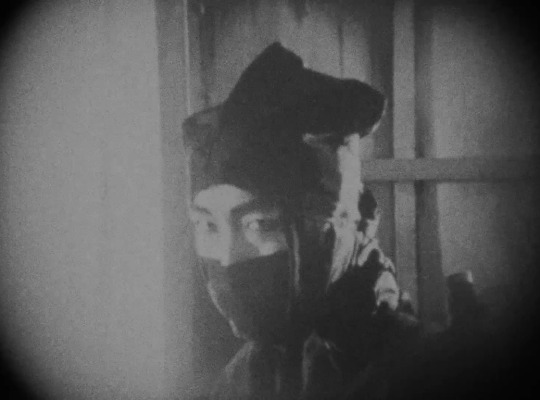

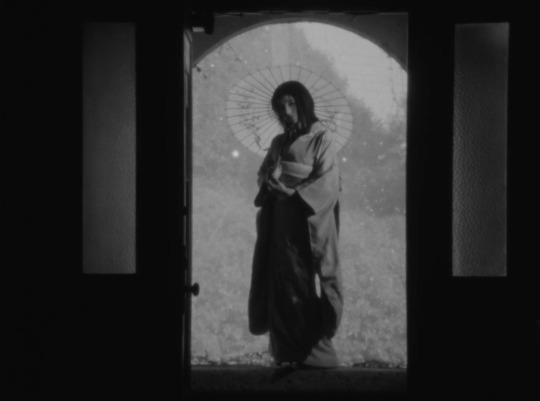



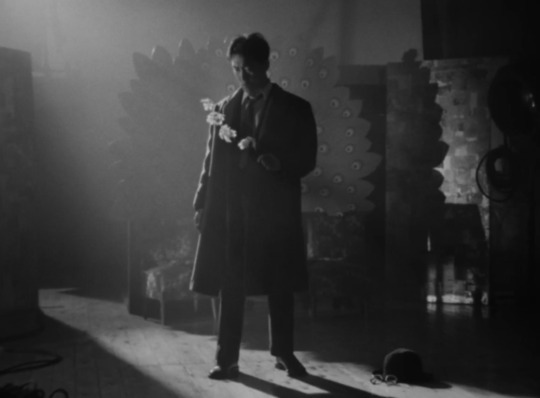
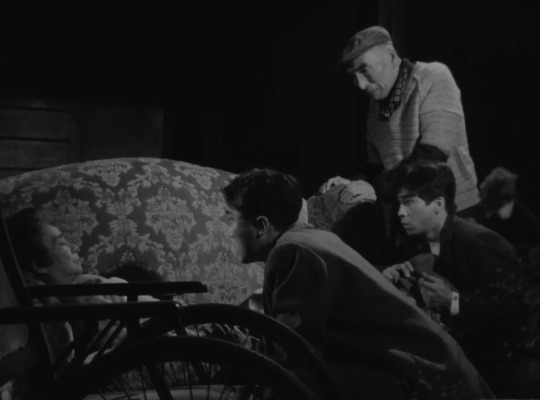
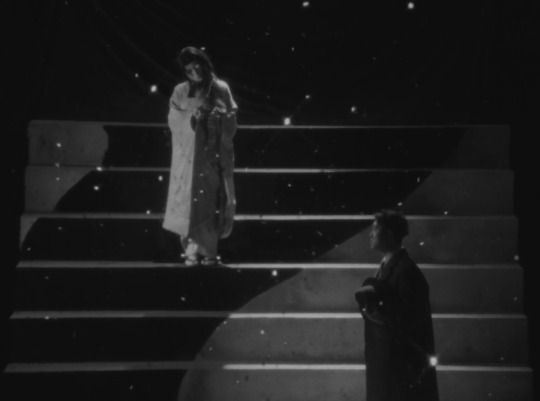
To Sleep So as to Dream (1986)
#to sleep so as to dream#kaizo hayashi#fujiko fukamizu#moe kamura#shunsui matsuda#yoshio yoshida#shiro sano#talks
28 notes
·
View notes
Text
Vol. 4

Vol. 11

HE LISTENED!!!
#aitsu no daihonmei#Manga#Suzuki Tanaka#Tanaka Suzuki#Takahiko Satō#Yoshio Yoshida#Sato#Yoshida#Not Atla#It's my guilty pleasure let me live 😭#Satou#My post
149 notes
·
View notes
Photo

A character icon of Yoshida from His Favorite
3 notes
·
View notes